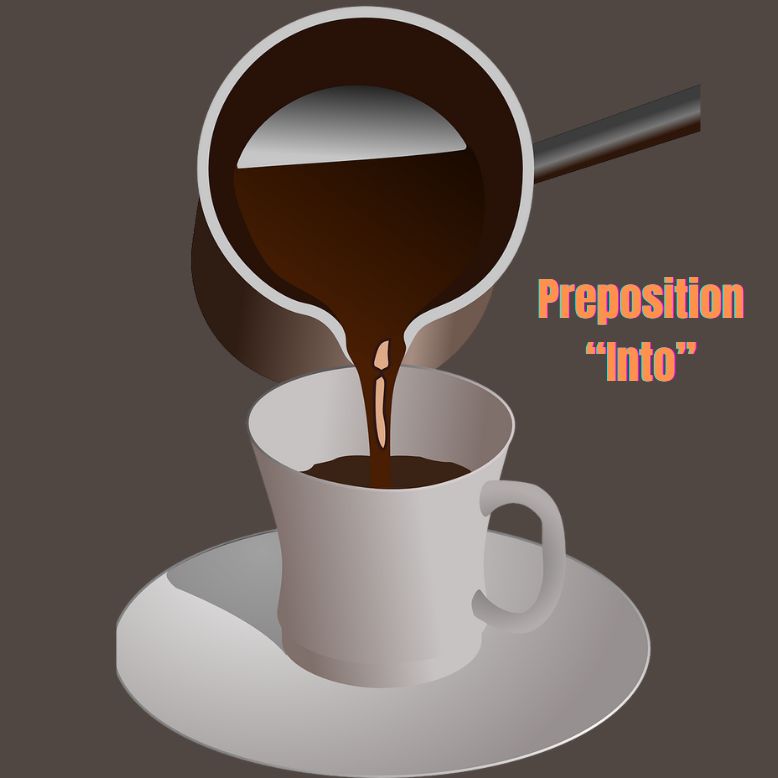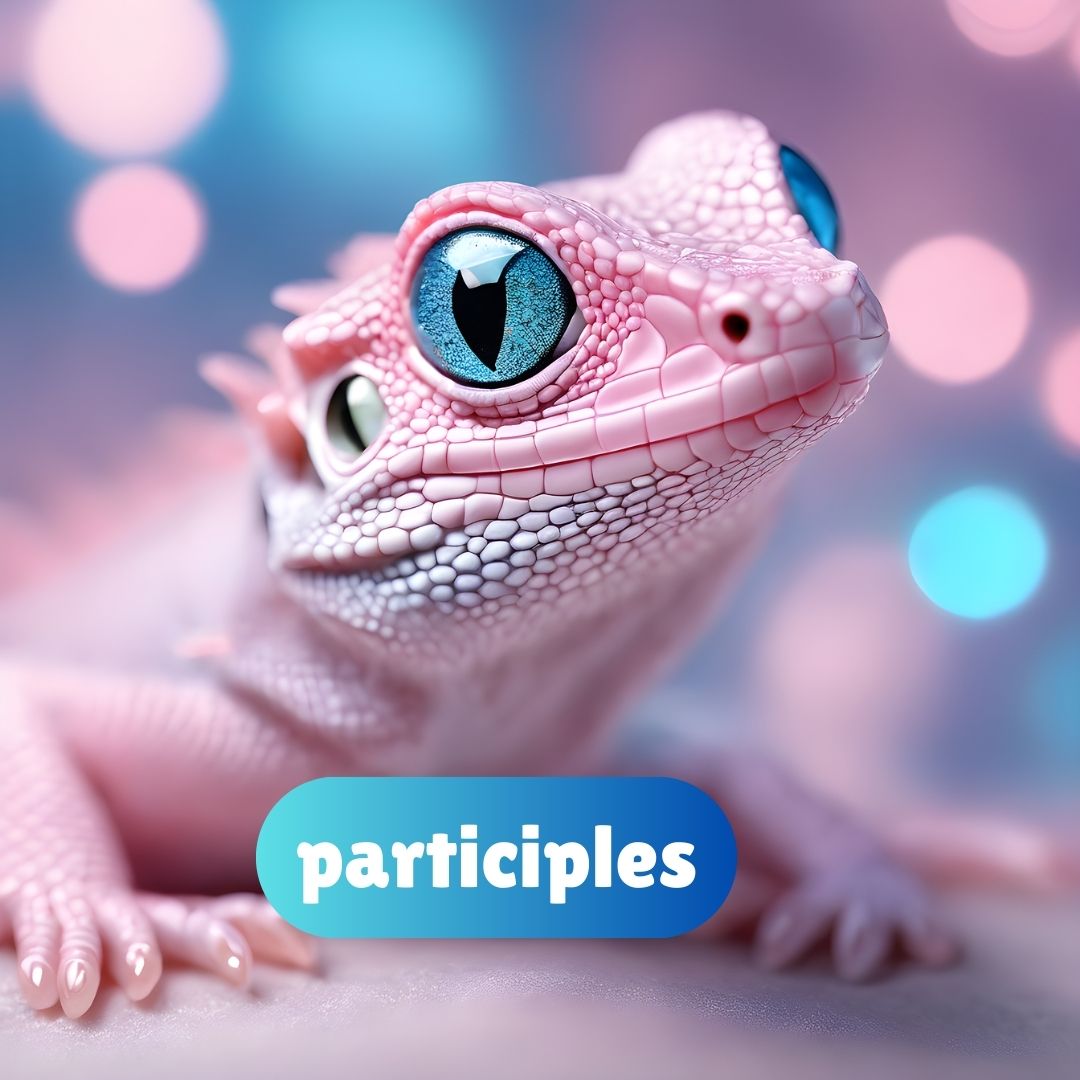Tag: object

Preposition – “Into”
Into indicates movement or direction toward the interior or a specific location within another object or place.

The Participle-Non-Finite form of the Verb
The participle is a non-finite verb form that possesses properties of both verbs and adjectives (and sometimes adverbs). It can be used to create verb phrases, participial phrases, and adjectival phrases. Participles, as verb forms that function as adjectives, can be used to modify or describe nouns, effectively turning them into attributes. When a participle is used to modify a noun, it acts like an adjective, providing additional information about the noun.

The Gerund-Non-Finite form of the Verb
The gerund is a non-finite verb form that functions as a noun in a sentence. It is created by adding the suffix ing to the base form of a verb. The gerund can be used as a subject, object, or complement in a sentence

The Infinitive-Non-Finite form of the Verb
The infinitive is a verb form that typically uses the word to before the base form of the verb. For example: to run, to walk, to eat, etc. The infinitive form is often used as a noun, an adjective, or an adverb in a sentence.

Transitive and Intransitive Verbs
Transitive verbs are action verbs that require a direct object to complete their meaning. The direct object is the noun or pronoun that receives the action of the verb.Intransitive verbs, on the other hand, do not require a direct object to complete their meaning. They simply describe an action or state of being. Intransitive verbs can be followed by adverbs, prepositions, or phrases that provide additional information, but they do not take a direct object.